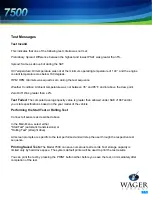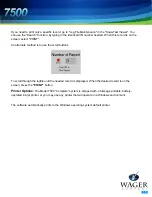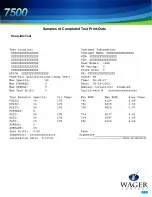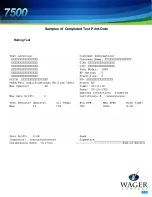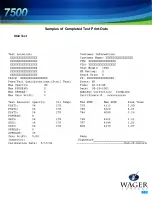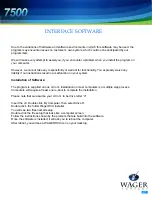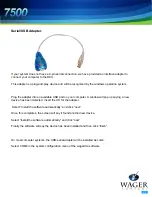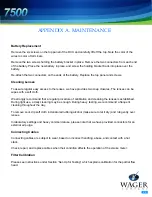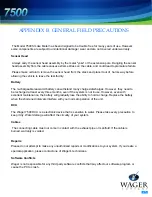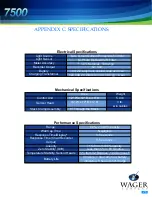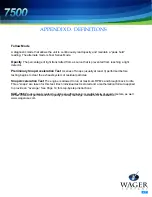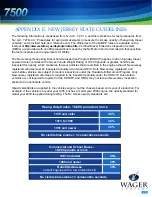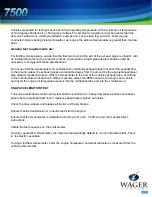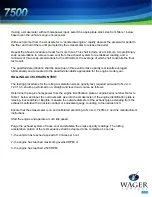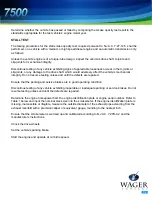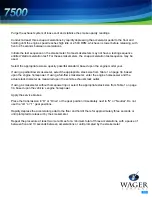
2 9
Vehicles presented for testing must be at normal operating temperature, with a minimum oil temperature
of 140 degrees Fahrenheit, or 60 degrees Celsius. The ambient temperature must be greater than the
dew point, without any visible precipitation, such as rain, snow, sleet, fog, and mist. Tests may be
conducted indoors during inclement weather, as long as the ambient temperature is greater than the dew
point.
General test requirements are:
For full-flow smokemeters, ensure that the final two feet and the exit of the exhaust pipe are straight, with
an internal diameter not to exceed five inches. Appropriate exhaust pipe adapters shall be used as
necessary to comply with these specifications.
Do not use full-flow smokemeters on vehicles with underbody exhaust pipes that direct the exhaust flow
to the ground unless the exhaust gases are redirected away from the ground by the appropriate exhaust
pipe adapter mentioned above. Affix the smokemeter to the end of the vehicles exhaust pipe, according
to the manufacturer’s instructions. DEICs must also attach the RPM sensor to the engine and vehicle,
and insert the engine oil temperature sensor into the oil dipstick tube and into the crankcase oil.
SNAP ACCELERATION TEST
The snap acceleration smoke opacity test shall be performed on heavy-duty diesel vehicles and diesel
buses that are equipped with low or medium-speed diesel engines as follows:
Chock the drive-wheels and release all tractor and trailer brakes;
Ensure that the transmission is in neutral and start the engine;
Ensure that the smokemeter is calibrated according to N.J.A.C. 7:27B-4.2 and the manufacturer’s
instructions;
Initiate the test sequence on the smokemeter;
If using a partial-flow smokemeter, the meter will automatically default to a 5 inch diameter stack. There
is no selection available.
If using a full-flow smokemeter, enter the engine horsepower and stack diameter as measured from the
vehicle exhaust stack.

